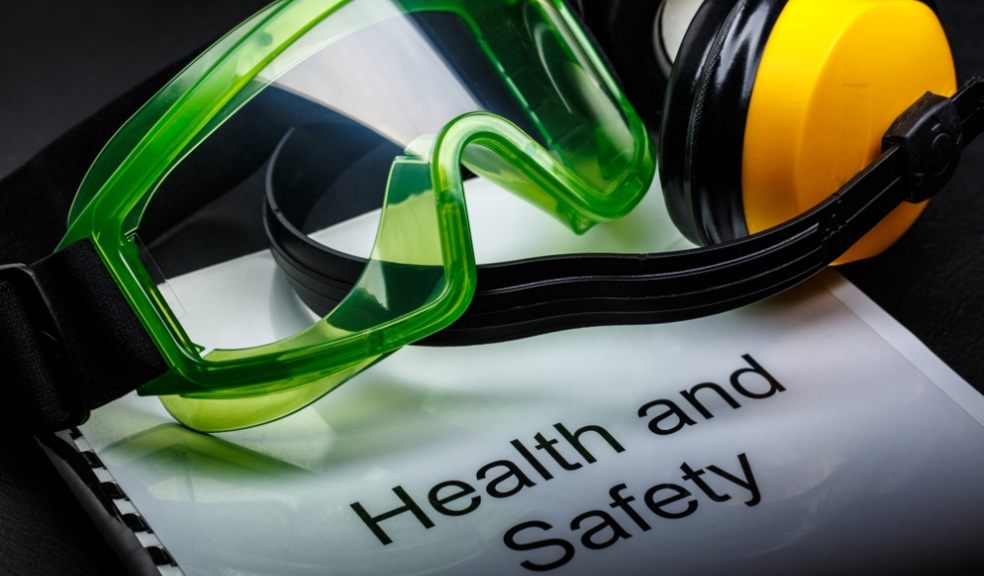
The Essential Role of Lockout Kits in Maintaining Workplace Safety Standards
Lock-out kits play an extremely vital role in ensuring health and safety compliance in work environments. A lockout kit contains locks, tags, and other necessary hardware that allows employees to lock machinery, isolating its energy source during maintenance and servicing. This prevents accidental startup and serious injury.
With workplace accidents resulting in critical injury or death often caused by the unexpected energisation of equipment, having comprehensive lockout procedures using lockout kits is vital.
Isolating Hazardous Energy Sources
A core part of health and safety legislation relates to controlling hazardous energy sources which can cause injury, like electricity, hydraulics, pneumatics, and moving parts. Lockout kit procedures ensure that before any maintenance work occurs, all dangerous energy sources are completely isolated and secured with a lock to prevent unexpected re-energisation. Locks physically prevent the isolation control from being reactivated, while tags clearly warn that locks are in place.
For example, before conducting maintenance on a large hydraulic press, the electrical supply would be turned fully off, locked, and tagged with a lockout kit. This ensures no one can turn the hydraulic press back on accidentally while potentially dangerous work is occurring inside the machine, eliminating the serious crush hazard. Had lock-out kits not been meticulously used, extreme crush injuries or amputations could result from the press activating unexpectedly while maintenance is underway.
Coordinating Maintenance Efforts and Contractors
In more complex situations with numerous employees or contractors, coordination is critical when taking equipment out of service for maintenance. Lockout kits allow multiple workers to affix their own locks to isolation points, ensuring that the equipment cannot be restarted until every individual lock is removed.
This gives each employee or contractor control over their own protection, as energy sources like electrical disconnects and pneumatic valves cannot be reactivated with their lock still installed. Proper lockout kit procedures facilitate clear communication about who is working on isolated equipment and why it has been taken offline.
Standardising Safety Procedures Nationally
Having very clear, compulsory lockout procedures utilising lockout kits brings consistency to safety approaches across all British workplaces. It removes responsibility from employees needing to devise their own isolation methods, instead enforcing a reliable, nationally recognised standard that all staff must adhere to during equipment isolation.
Documented obligations around conducting proper lock-outs ensures that maintaining safety standards does not rely on voluntary compliance, instead creating an organisational culture where bypassing lockout procedures is not permissible under any circumstances. This drives continual improvement in safety outcomes over time across whole industries.
Meeting Expanding Regulatory Compliance
Within expanding British health and safety legislation like Provision and Use of Work Equipment Regulations 1998(PUWER) and the Management of Health and Safety at Work Regulations 1999, are specific, compulsory requirements regarding equipment isolation and lock-outs.
To comply with the law and avoid substantial enforcement action, compulsory use of lockout kits provides a clear, documented approach proving strict regulatory obligations are being met. The standardised safety improvements and hazard control offered by lock-out kits are vital considerations for legal compliance and due diligence.
Reinforcing Training and Education
As well as enforcing procedural usage of lockout kits, reinforcing education around proper lockout methodology helps to ingrain these critical safety practices. Comprehensive training explains both regulatory requirements and actual incident consequences, so employees appreciate why meticulously following lockout kit guidelines matters.
Ongoing evaluation around correct lockout procedures also identifies potential compliance issues or workplace areas requiring additional risk mitigation. Regular training analysis further guides continual safety enhancements.
Avoiding Staff Complacency Around Risks
A major challenge is combatting growing complacency among long-term employees regarding machinery risks, especially experienced maintenance personnel who regularly service equipment. Strict enforcement around using lockout kits helps overcome dangerous complacency and overconfidence.
It removes opportunities for unsafe shortcut taking by making meticulous isolation procedures compulsory, while keeping staff alert around the severe consequences of unexpected hazardous energy release through education. This safety net protects experienced staff against their own complacency.
Importance of Leadership and Supply Chain Support
Gaining complete organisational buy-in for mandatory isolation kit usage requires both frontline leadership commitment to reinforcement, plus management support ensuring availability of suitable lockout hardware. Workers must lead by example prioritising lockout diligence, while procurement functions guarantee kit supplies remain available companywide.
If leadership allows procedural shortcuts or kit shortages emerge compromising ability to isolate hazards, safety culture erosion occurs. Managers failing to enable proper equipment isolation via sustained access to lockout kits also damages compliance. Both factors can accelerate declines in lockout procedure adherence.
Conclusion
Through mandating organisational lockout standards utilising tag-out and isolation hardware contained in lockout kits, industry gains a primary method for controlling serious occupational hazards. Reinforced education around proper procedural usage as part of regulatory compliance also facilitates reliable safety approaches with legal requirements in mind.
Lock-out kits allow staff across maintenance environments to coordinate hazardous energy isolation securely. This prevents catastrophic workplace accidents and forms a vital pillar of overall safety management. Their consistent use must remain an unconditional expectation within British businesses for protecting employee health. Embracing regular lockout kit usage as a core responsibility at all levels means organisations show a genuine commitment to their workforce's safety.

















